
Brown v. Board of Education of Topeka, the Supreme Court decision that declared laws dictating racial segregation of public schools unconstitutional, was handed down on May 17, 1954. But the desegregation mandated by the decision was a slow process fraught with resistance from both local communities and the federal government.
When LIFE revisited school integration in 1970, many districts were divided on the matter of busing students to more distant schools in order to balance the schools’ racial makeup. The Nixon administration was committed to what LIFE called “deliberate gradualism” on the matter, a stance former Office of Civil Rights Chief (and future CIA Director) Leon Panetta decried in an op-ed as a “tragedy.” (Panetta had been ousted from the position for his “too strong enforcement” of desegregation.)
But there were some schools, of course, that made harmonious integration a priority, and Leapwood Elementary School in Los Angeles was one of them. Seven years before LIFE dispatched Ralph Crane to photograph its students, the school had been entirely white. By 1970, it had become, according to LIFE, “one of the few perfectly integrated schools in the Los Angeles area.”
Leapwood was racially balanced not just among white and black students, but also among Hispanic and Asian-American students. Crane’s photographs, only one of which ran in the magazine, offered a hopeful perspective on an issue that would continue to inspire tension and even violence throughout the 1970s and beyond.
The choice of an elementary school as the focus of the story augmented that sense of optimism. From the moment these students showed up for kindergarten, daily interaction with children of all races would not be an adjustment but a given, a hallmark of education in America—or if not nationwide, at least in pockets of it.
Liz Ronk, who edited this gallery, is the Photo Editor for LIFE.com. Follow her on Twitter at @LizabethRonk.
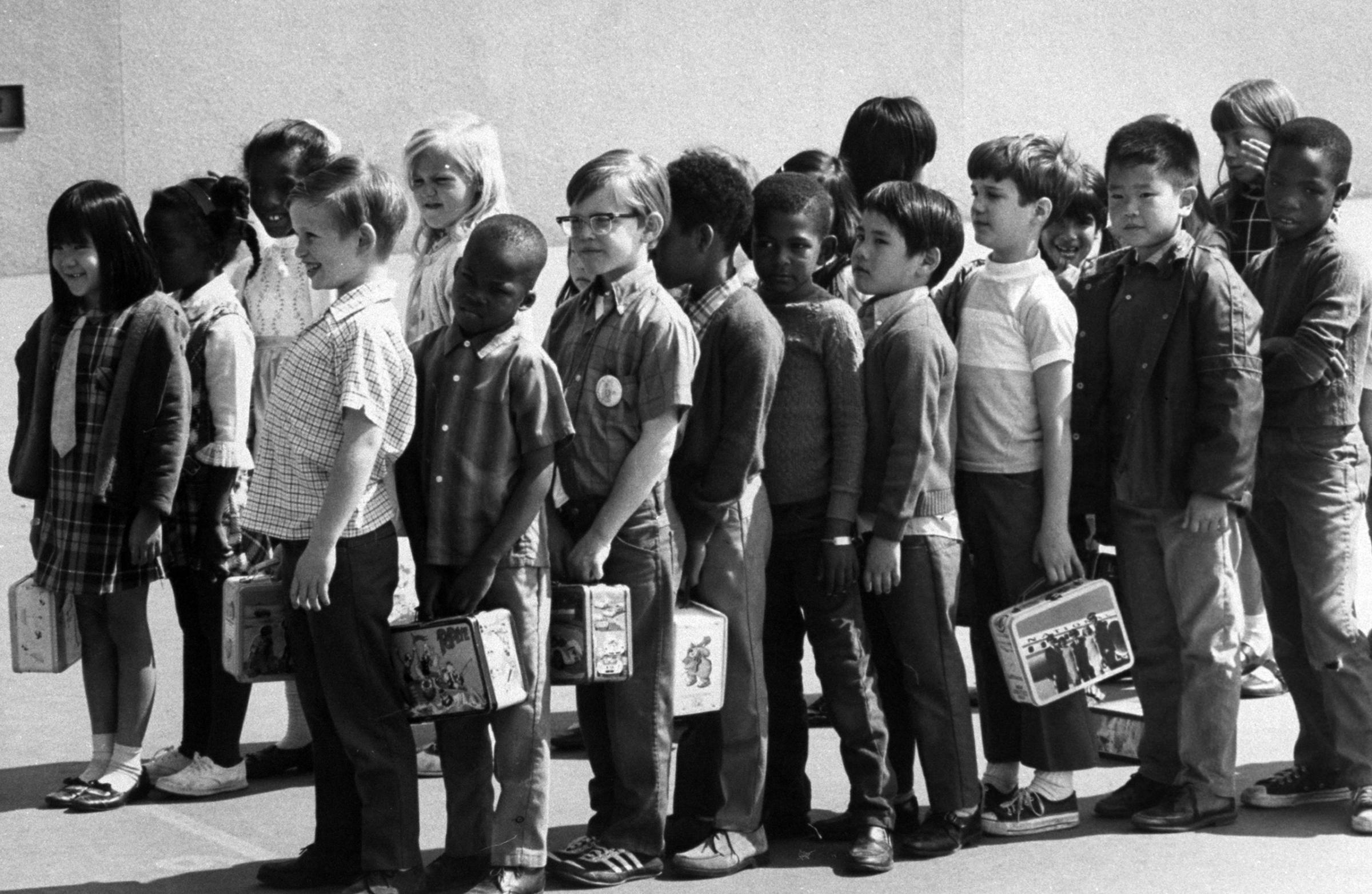
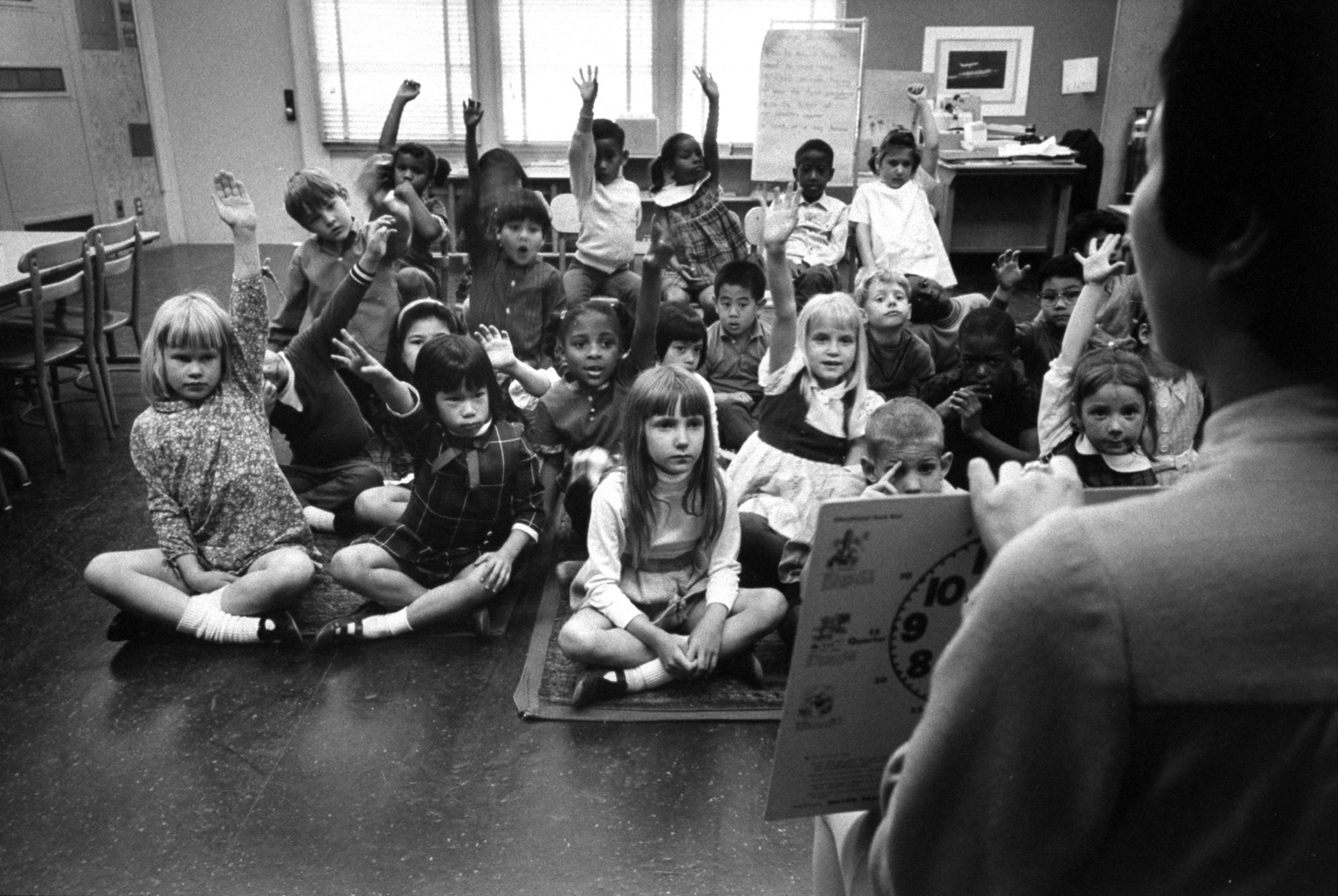


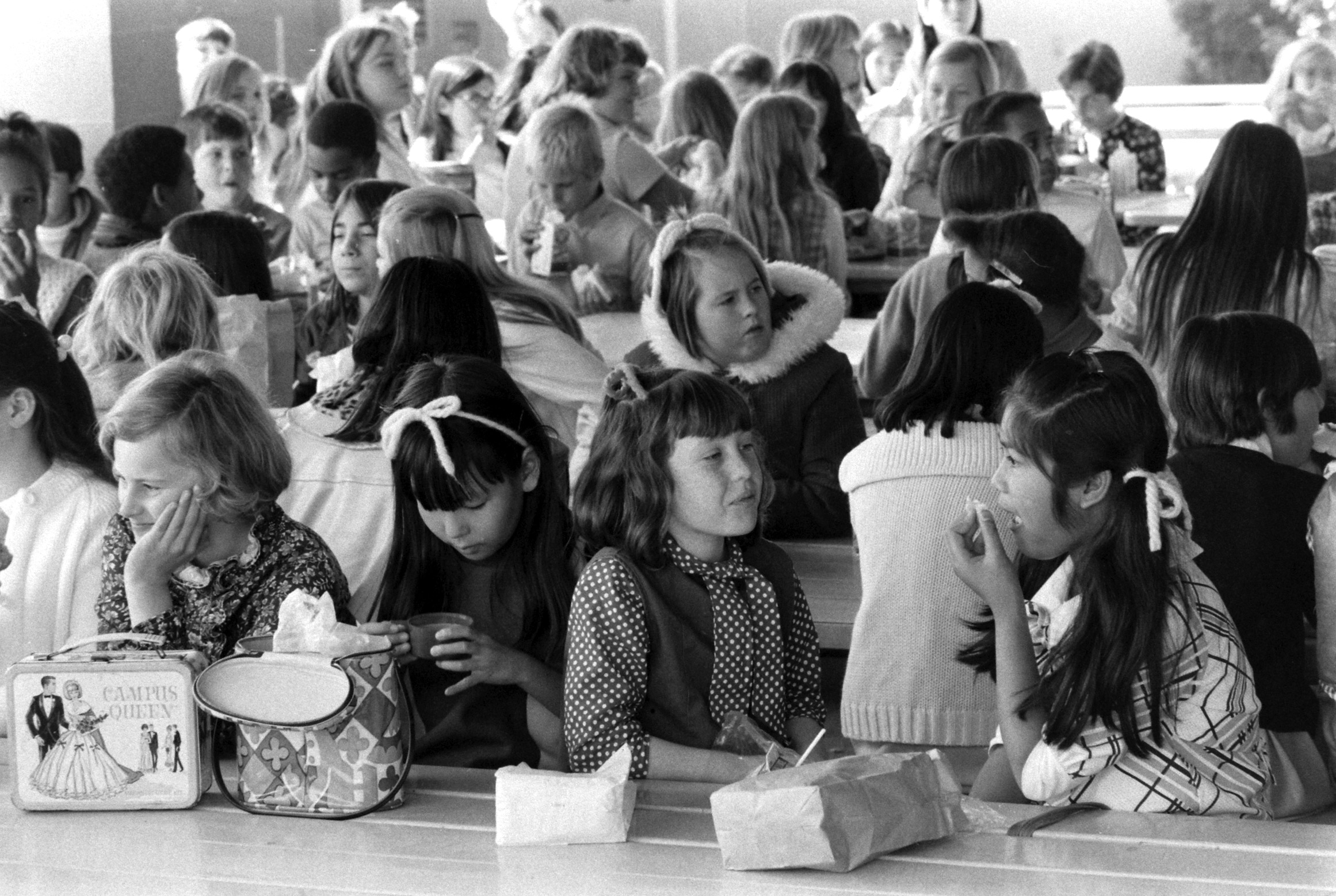
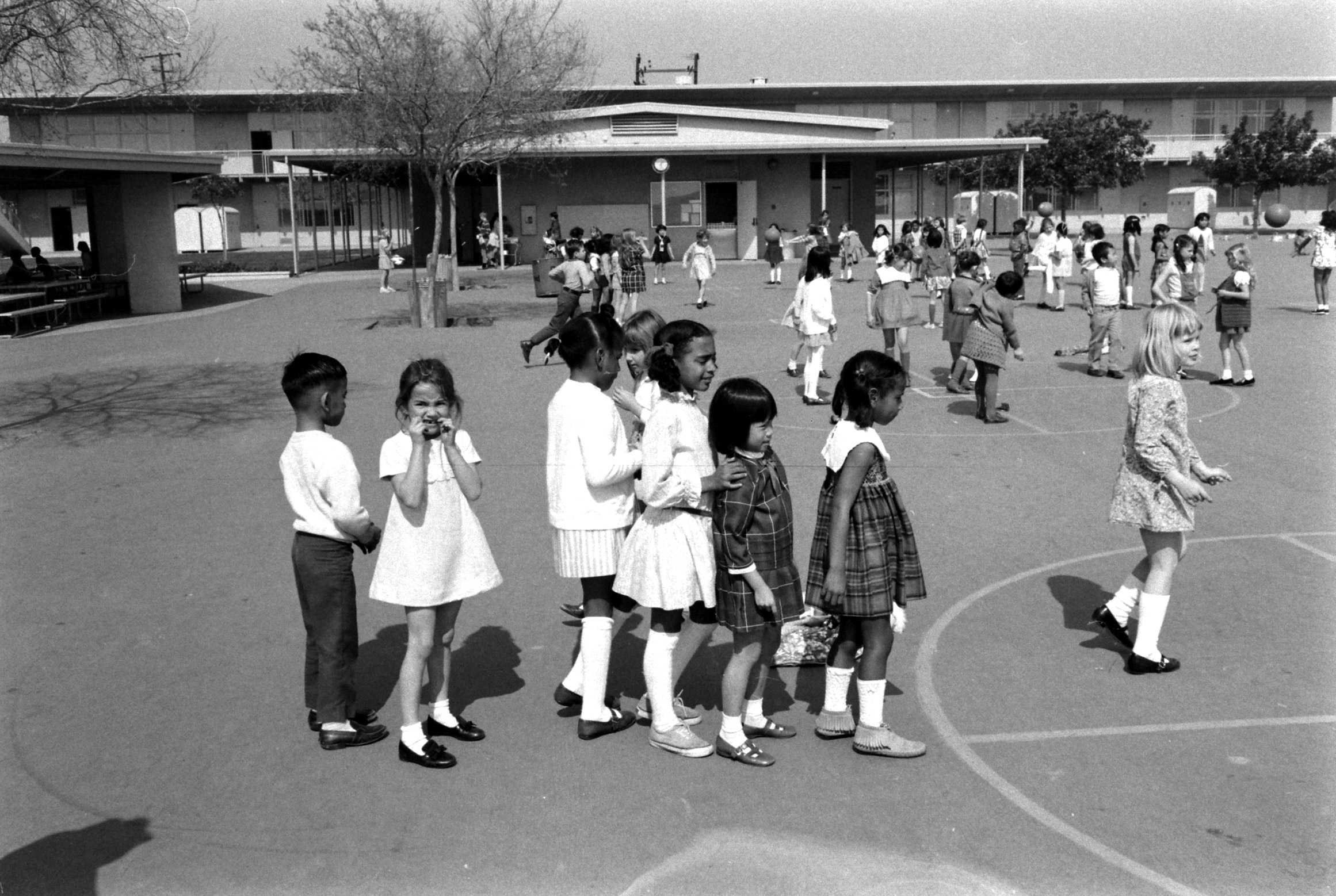

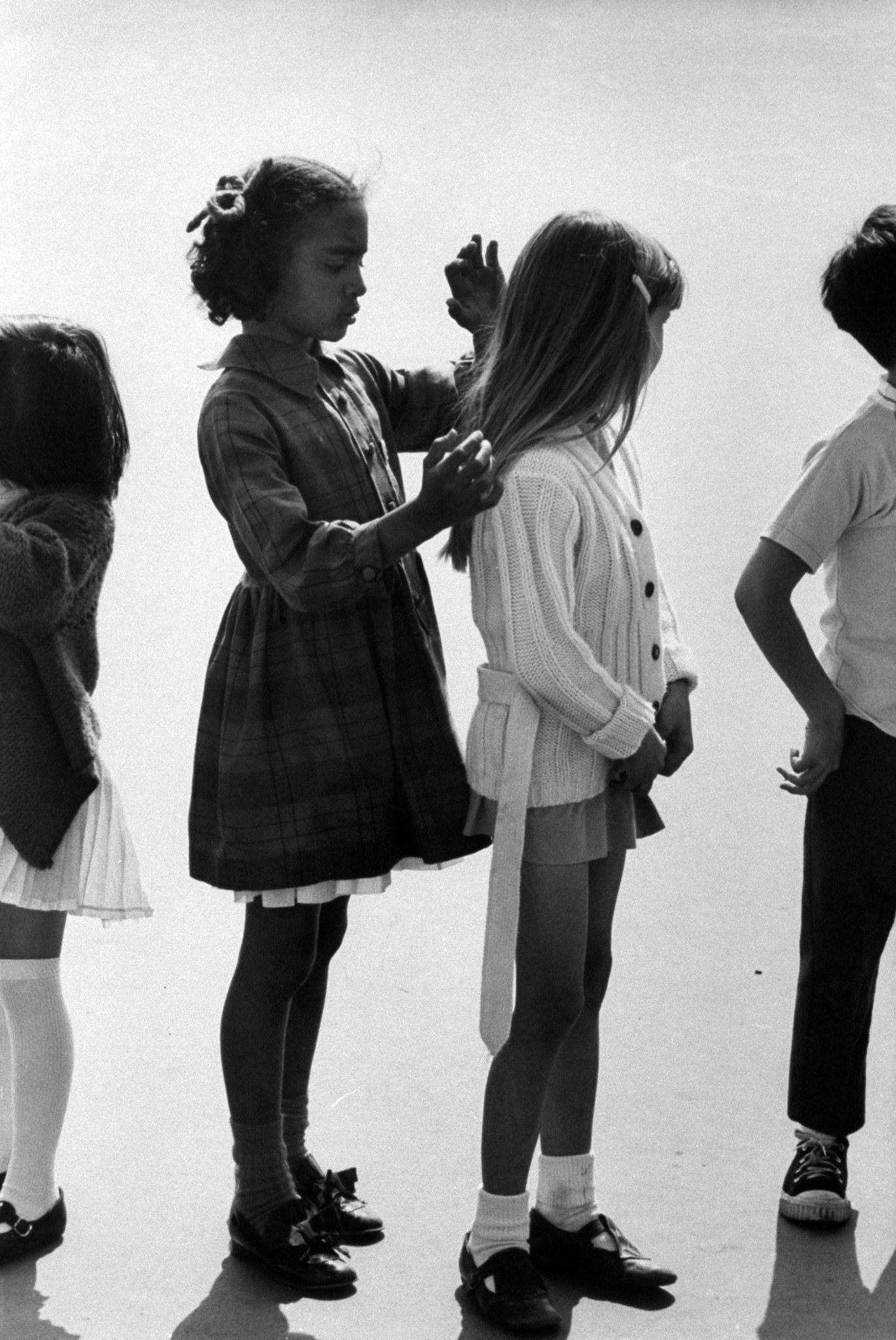
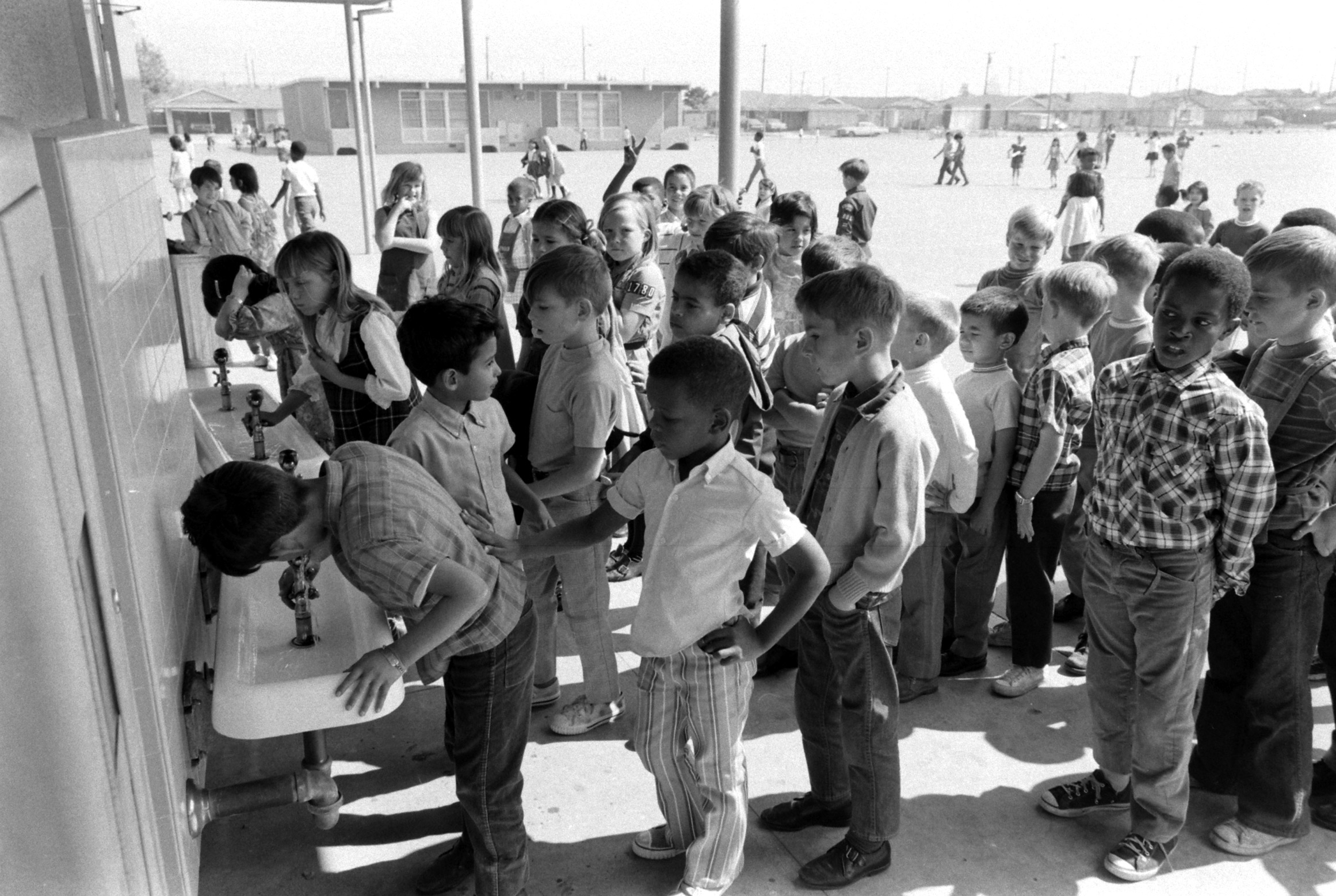
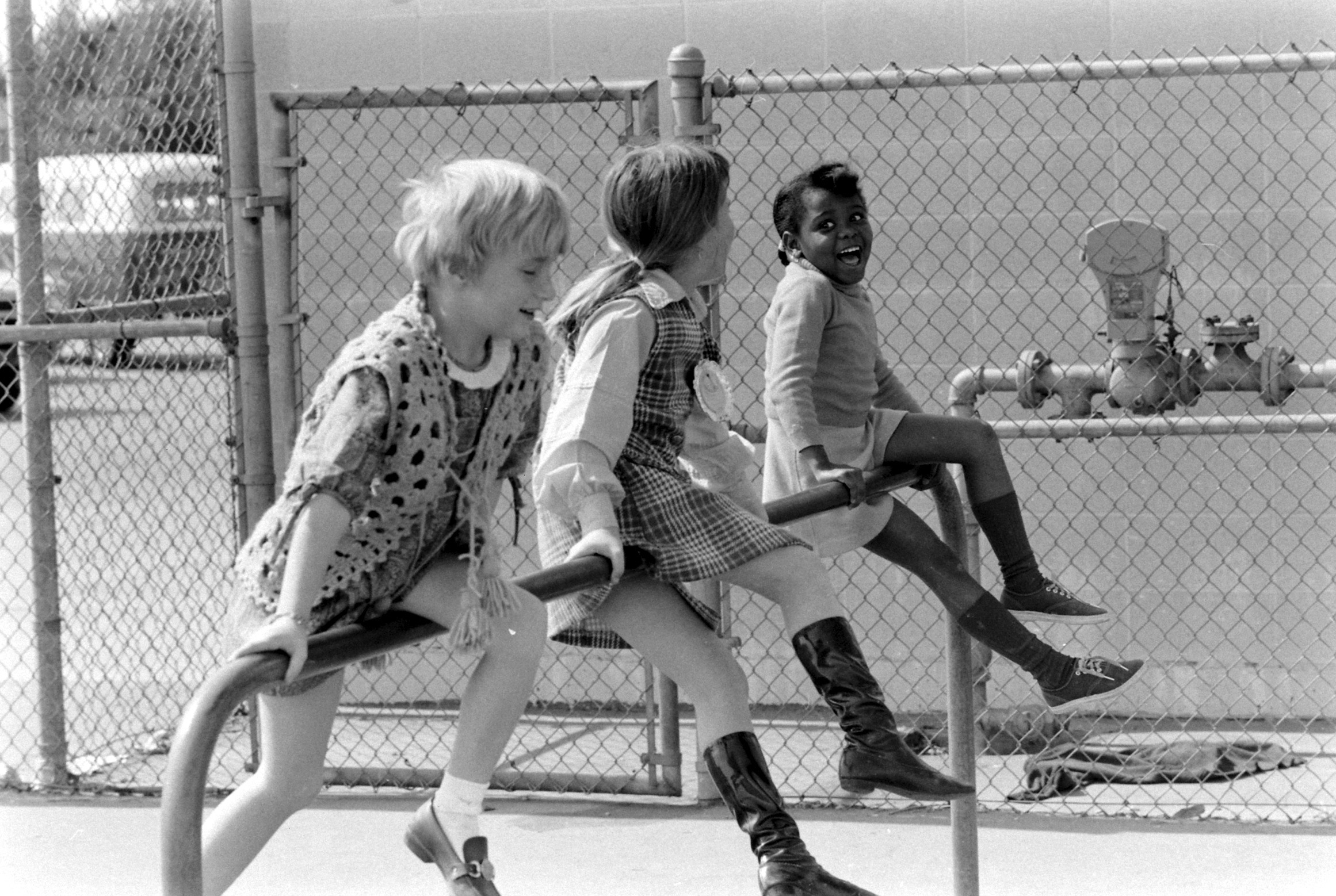
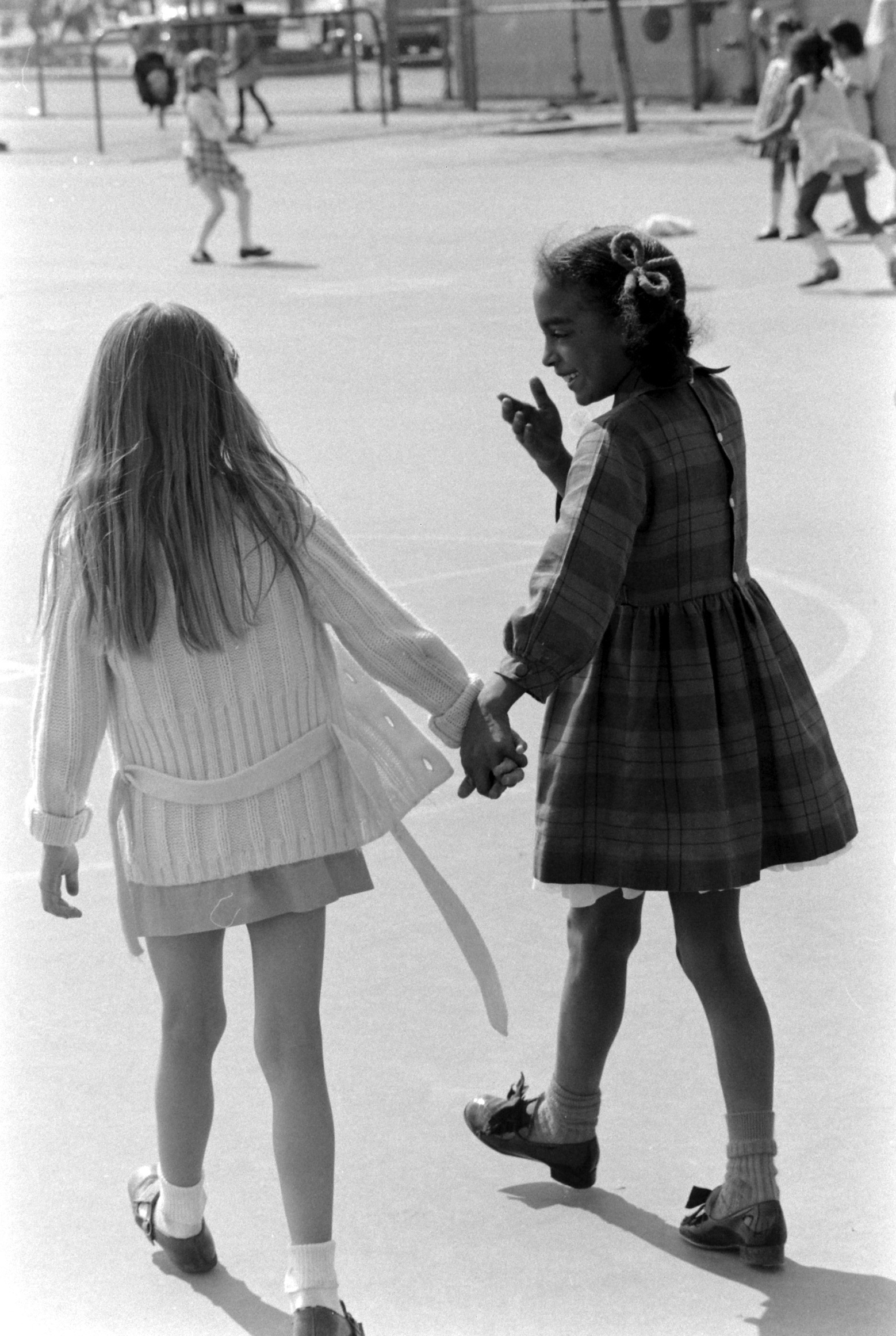
More Must-Reads From TIME
- The 100 Most Influential People of 2024
- Coco Gauff Is Playing for Herself Now
- Scenes From Pro-Palestinian Encampments Across U.S. Universities
- 6 Compliments That Land Every Time
- If You're Dating Right Now , You're Brave: Column
- The AI That Could Heal a Divided Internet
- Fallout Is a Brilliant Model for the Future of Video Game Adaptations
- Want Weekly Recs on What to Watch, Read, and More? Sign Up for Worth Your Time
Write to Eliza Berman at eliza.berman@time.com